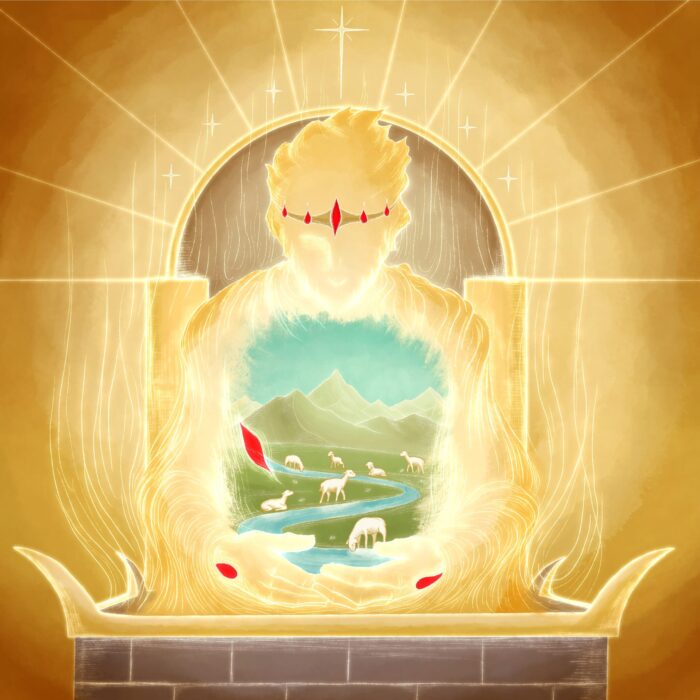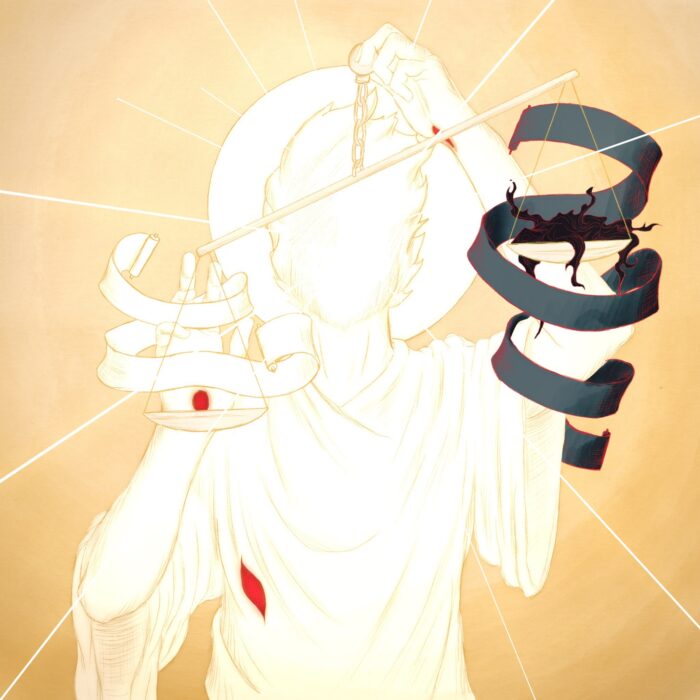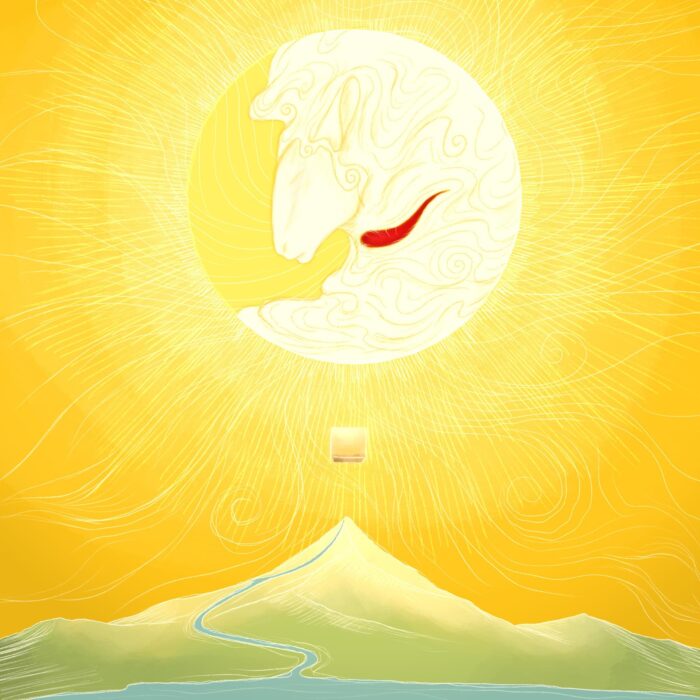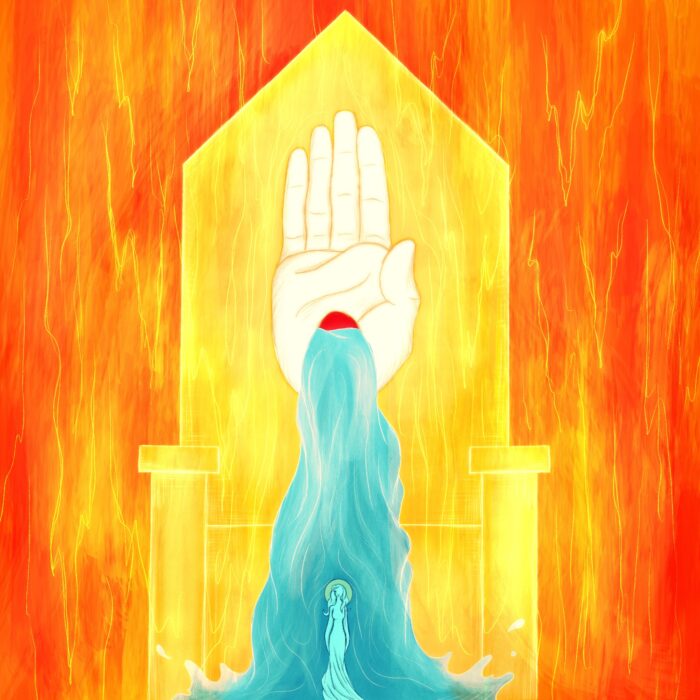
Revelation 7:17, “…the Lamb in the midst of the throne will be their shepherd, and he will guide them to springs of living water, and God will wipe away every tear from their eyes.”
In this text, John brings together three great truths about Jesus. He is:
1) the Divine King — John tells us the Lamb is “in the midst” of the throne of God. There is no stronger affirmation of kingship that one could imagine.
2) The Empathetic Shepherd — He is explicitly called a shepherd, and yet He is also called a lamb. The combination of these two titles implies the unique empathy that Christ has for those whom He shepherds since He Himself is one of them. In saying this, John is drawing from and interpreting the merciful savior-king of Isaiah 49:10. There Isaiah anticipates one who will become the foundation of a new covenant for God’s people, who will set prisoners free, and who will lead His people–and all creation–into the freedom and comfort of God. This figure, John says, is Jesus Christ — the lamb who was slain and raised again and who now shepherds His redeemed people into the eternal life of fellowship with God.
And 3) the Sacrificial Lamb — Jesus’ title as “Lamb” in the book of Revelation points to Him as the Lamb “who was slain” (Rev.5:9) and cannot be separated from His role as the Lamb who takes away the sins of the world (John 1:29) by dying as a sacrifice for those sins and rising again.
I tried to capture each of these biblical truths about Christ in this image.
First — Christ’s kingship is shown in the fact that He is seated on a throne and wearing a crown. Notice that the crown has five jewels which represent the five wounds traditionally associated with Christ’s crucifixion. The wounds of His suffering have now become the gems of His glory. This illustrates the biblical teaching that–in light of the resurrection–the crucifixion of Jesus is the supreme manifestation of God’s beauty and the eternal joy of the saints (consider Hebrews 2:9, Revelation 5:9ff, or Philippians 2:6-11. Consider also John 8:28, 12:27-28, 13:31-32, 17:1-5, 20:27-28).
Second — Christ’s role as shepherd is pictured in the green pastures, still waters, and guarded flock depicted at the center of the image and upheld by His hands. This flock is literally within Jesus in this picture as a way of showing not only that He holds His sheep close to His heart (Isaiah 40:11), but also that He Himself is their pasture and rest (Deuteronomy 32:7, 16:33, Colossians 3:3); Christ Himself is the abundant food upon which His flock feeds (Psalm 36:8, Isaiah 55:1-3, John 6:35), and from His own pierced side flows the spring living water, the Holy Spirit, who is the river of God’s own delight, from whom His people are called to drink (Psalm 36:8, John 7:37-39, 19:34, Revelation 22:1, 17).
Finally — The fact that Christ is the Sacrificial Lamb who saves His people from their sins is alluded to in that the throne upon which he sits is also an altar. It seems to me that John himself makes this connection with his repeated statements that the Lamb who was slain, now stands alive in the midst of the throne of God (7:17, 22:1, 3). The mention of a slain lamb evokes imagery of altar and sacrifice, but instead of a lamb on an altar, we see a lamb who was slain–and yet now lives–standing on a throne. John seems to be telling his readers that, in the crucified and risen Christ, the ALTAR of sacrifice (ultimately the cross)–seen in light of the resurrection–becomes the THRONE of God. In Jesus, the altar for burnt offering that stood in the middle of the temple court, and the throne of God that stood in the middle of the holy of holies have been made one (just as, in Him, heaven and earth are made one, Revelation 21:3). The slain and living Lamb will ever be “face” of God’s glory, shining from the altar-throne of the New Jerusalem, so that–for all eternity–we will ever more deeply know that the beauty, the identity, the name of the One True God–King of kings and Lord of lords–is manifest with greatest perfection in the Crucified Jesus who lives forevermore.




